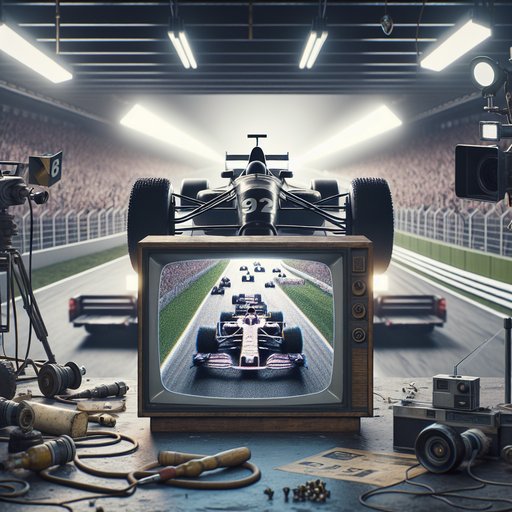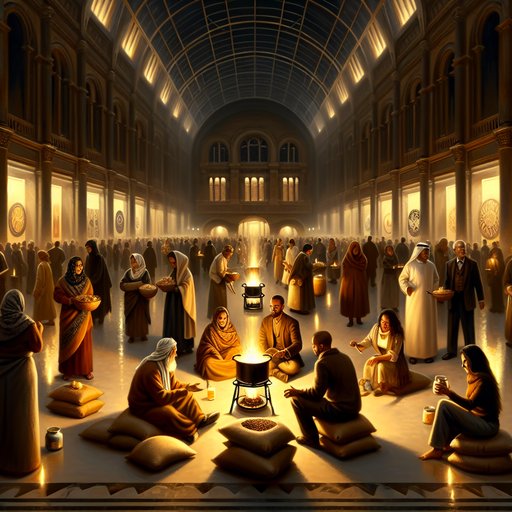
Formula 1’s broadcast journey mirrors the sport’s technological arc: from sporadic, grainy coverage to a global, data-rich experience that places fans virtually inside the cockpit. Over seven decades, innovations like onboard cameras, live telemetry, stabilized aerial shots, and interactive streaming have transformed how stories are told and races are understood. Today’s world feed blends engineering, cinematography, and real-time analytics to deepen comprehension of strategy and skill, inviting audiences to engage with the sport at an unprecedented level. Tracing that evolution reveals how broadcasting did more than show races; it reshaped the narrative of F1 and expanded its audience.
Examining the evolution of Formula 1 broadcasting is essential to understanding modern motorsport, because the way a race is presented determines how fans perceive risk, strategy, and brilliance. The camera angles, graphics, and audio cues have become a language that explains complex regulations and tactics in a digestible form. As cars grew faster and rules more intricate, broadcast technology kept pace and translated the spectacle into clarity. This alignment of technology and storytelling has elevated F1 from a niche engineering contest to a mainstream, data-driven entertainment product without diluting its competitive integrity.
In the championship’s early decades, coverage was sparse and often limited to newsreels or delayed highlights, with few live international transmissions. Camera placements were static and distant, so speed and car control were more implied than felt, and strategic nuance rarely surfaced. By the late 1970s, live flag-to-flag coverage began to emerge in key markets, bringing continuous narrative flow and consistent commentary. Broadcasters learned to pair trackside cameras with frequent replays to give viewers context, nudging the sport toward a more cohesive weekly television event.
Centralized rights and production in the 1980s and 1990s helped standardize a higher level of coverage across countries. Stablized helicopter platforms and improved trackside rigs delivered fluid, low-vibration images that conveyed cornering lines and pack dynamics. Pit lane cameras, parc fermé shots, and grid walks broadened storytelling beyond pure racing laps, adding technical and human layers. This shift framed drivers, engineers, and strategists as characters within a continuous, season-long narrative, laying the groundwork for today’s holistic presentation.
The introduction and miniaturization of onboard cameras in the mid-to-late 1980s marked a watershed moment, finally showing steering inputs, gear changes, and throttle modulation from the driver’s perspective. Throughout the 1990s, the now-familiar T-cam above the roll hoop provided a clear, stable forward view that let fans judge braking points and apex speed. As radio access expanded, curated team radio clips brought strategy and emotion into living rooms, reinforcing the sense that viewers were plugged directly into the race. Together, these tools converted abstract lap times into visceral, comprehensible action.
A major leap arrived with the mid-1990s launch of premium multi-channel experiments such as F1 Digital+, which offered dedicated onboard, pit lane, data, and highlights channels. Although the subscription model proved ahead of its time and ended in the early 2000s, the concept previewed today’s multi-feed environment and many of its production techniques. Core ideas—selectable camera angles, constant telemetry, and live team radio—were refined and later folded into the global world feed. The lesson was clear: when fans can choose how to watch, engagement deepens, provided the information remains trustworthy and well-explained.
Real-time graphics matured as transponder timing, GPS positioning, and faster data pipelines enabled split-second overlays. On-screen towers, sector-by-sector deltas, tire compound identifiers, and DRS indicators made strategies legible without lengthy exposition. Since 2018, data-driven features branded as “F1 Insights powered by AWS” have added modelled predictions—pit windows, battle forecasts, and car performance metrics—sparking debate while giving audiences quantitative hooks. Virtual trackside advertising and consistent visual design across broadcasters unified the look and allowed global partners to tailor regional feeds without fragmenting the sporting core.
High-definition production became universal in 2011, revealing texture in tire wear, marbles, and aerodynamic details that standard definition could not resolve. Some markets later adopted 4K Ultra HD, while multichannel audio and carefully placed microphones captured gearshifts, wheelspin, and the tonal differences of hybrid power units. Centralized production hubs—most notably Formula 1’s facility in the United Kingdom—combined with robust fiber links enabled remote workflows that reduced freight and improved reliability, a shift accelerated by the logistical constraints of 2020. The result is a consistent world feed that deploys more than a hundred cameras and microphones across a circuit while maintaining editorial coherence from session to session.
Personalization and interactivity now define the fan experience. The F1 TV service, launched in 2018 in many territories, lets viewers choose any live onboard, follow dedicated timing and strategy channels, and access archival content and team radio. Helmet-mounted “Driver’s Eye” cameras, made standard fitment from 2023, further collapse the distance between viewer and driver by showing the cockpit sightline and vibration in real time. Broadcasters integrate tablet-based telestration, slow-motion analysis, and augmented studio segments to explain upgrades, tire degradation, and safety car restarts.
Short-form highlights and 360-degree clips shared on social platforms extend the broadcast day, meeting fans where they already are. Immersive elements continue to grow without compromising competitive authenticity. While full live virtual reality broadcasts remain rare, curated 360-degree onboard replays and VR-capable highlights offer spatial context for key moments, and augmented reality graphics visualize braking zones, wind direction, or car placement through corners. The cumulative effect of onboard cameras, real-time graphics, and selective immersive tools is a broadcast that helps fans anticipate strategy, appreciate craft, and feel the physics at work.
In tracing this path from fixed lenses to driver’s-eye perspectives, F1 shows how thoughtful technology can make a complex sport more intelligible and more exciting at the same time.












































